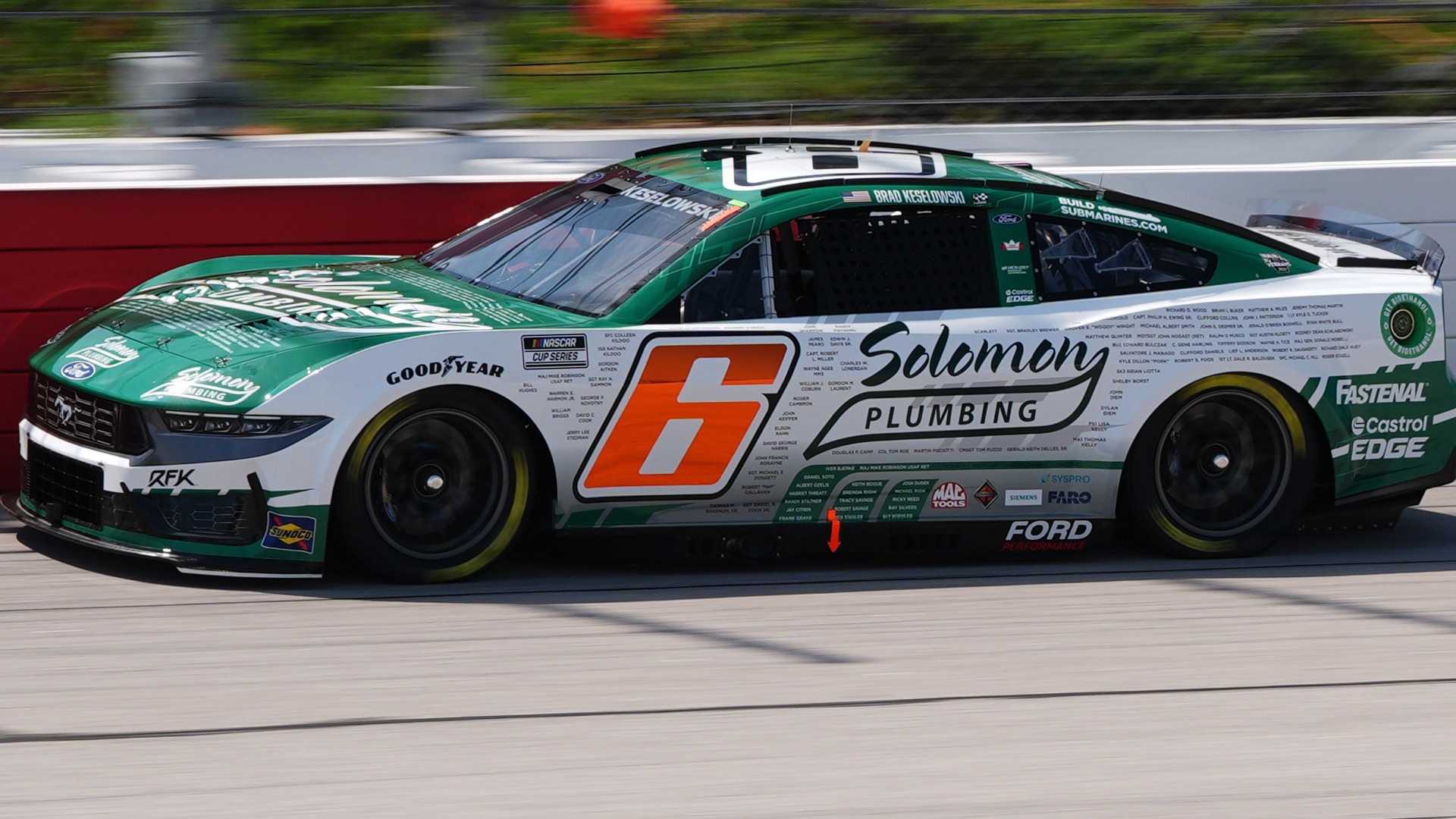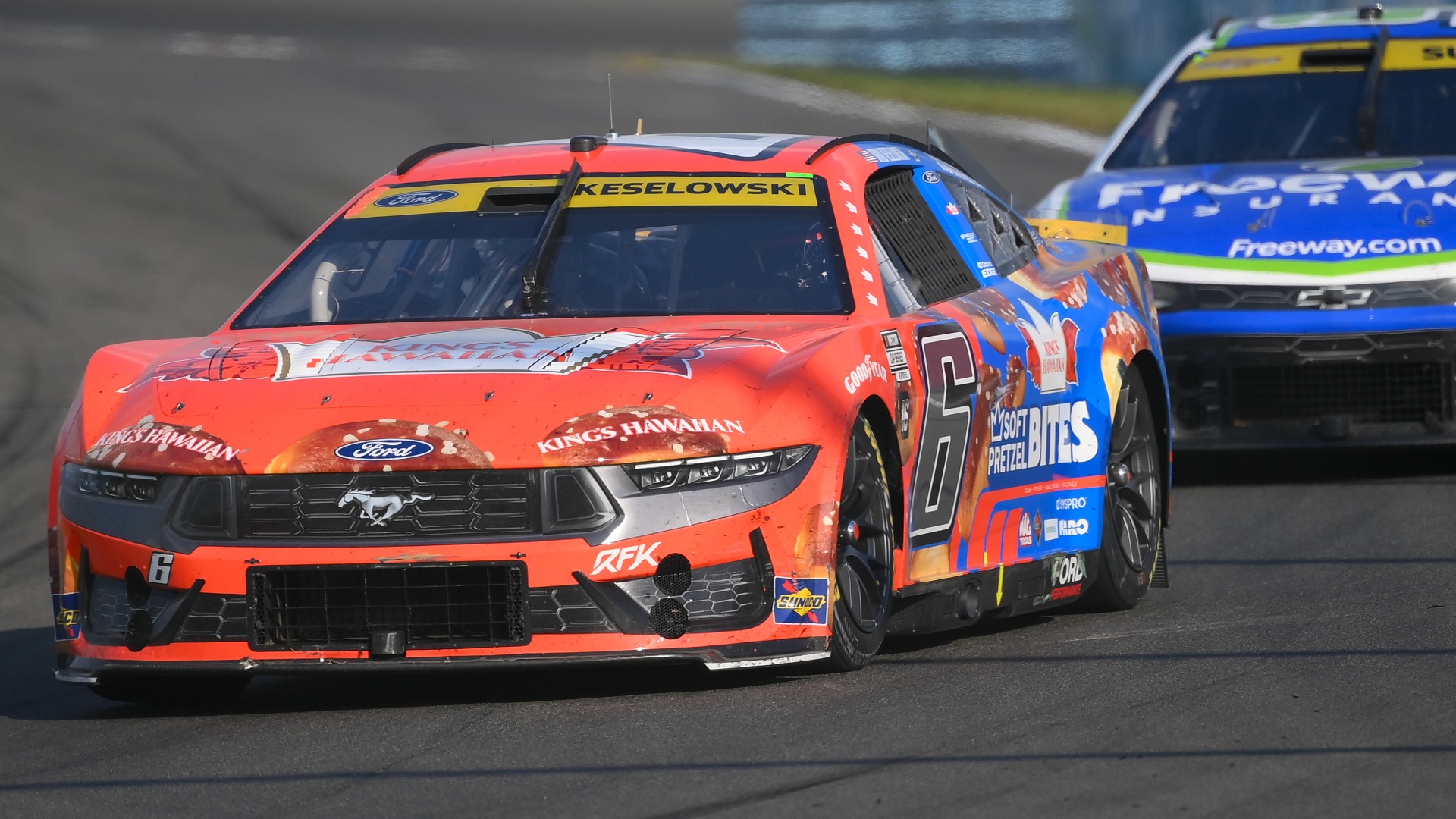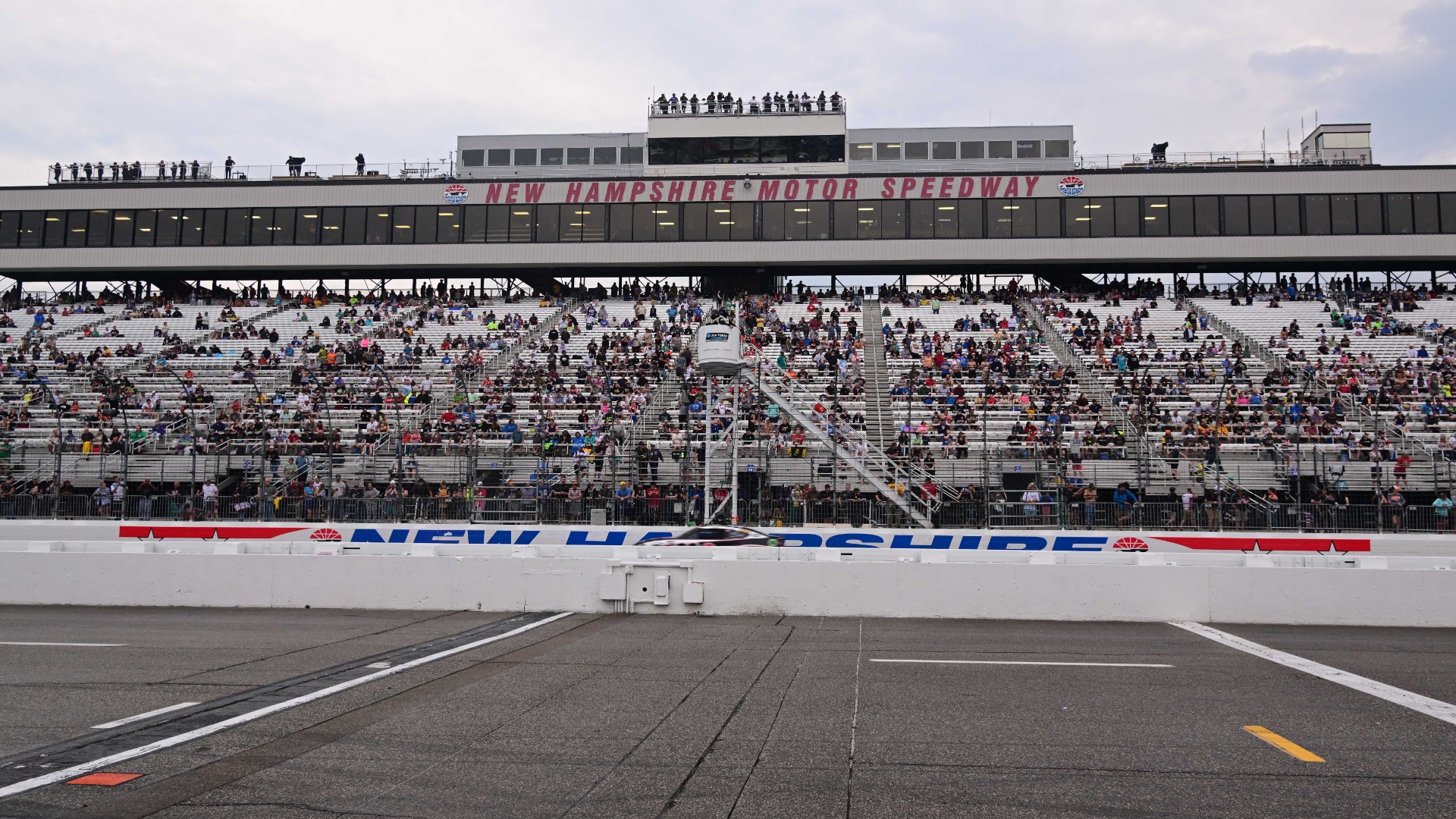Although McLaren has begun working on an all-electric test mule, the manufacturer’s first electric vehicle is not even close to production-ready.
McLaren’s engineering design director Dan Parry-Williams recently revealed that the automaker largely is using the development car to learn about electric powertrains, according to Autocar.
“We’ve got a pure EV mule and part of the reason for that is to ask how we can deliver driver engagement in a fully electric world,” Parry-Williams told Autocar. “But there’s still quite a journey from here to there in terms of our products.”
The British manufacturer has no timeline for when it will produce its first EV, largely because of the limitations of battery technology. Current-generation batteries struggle to provide adequate range due to their low energy density.
Although the industry at large is focusing heavily on developing more efficient means of energy storage, McLaren claims power-dense, rather than energy-dense, batteries will be necessary for all-electric supercars. Parry-Williams reportedly said high-performance driving requires so much power that an EV with 500 miles of range would be dead after 30 minutes on track.
As a result, the Woking, England-based firm suggests it will continue to utilize hybrid powertrains in its most technologically advanced road cars, as it currently represents the best of both worlds — internal combustion engines and electric motors.
“You can potentially manage (a flat battery) with a niche car,” Parry-Williams said. “If you exhaust the battery but then have to do one recharging lap, that strikes me as being OK. But if you haven’t got an on-board generator, you’ve got a full EV, (then) you haven’t got the luxury of doing that.”
McLaren, however, will not use an electric motor to supplement the power of the forthcoming Senna‘s twin-turbocharged V-8. Given that the Senna will be “legalized for road use, but not sanitized to suit it,” McLaren decided the boost in power provided by a hybrid system wouldn’t be worth the added weight.



